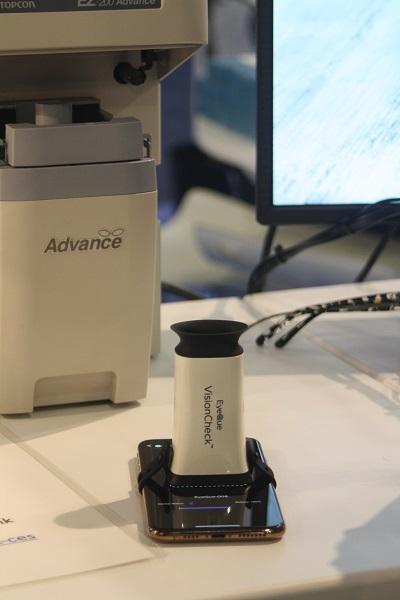By Joshua Seidemann, Vice President of Policy, NTCA–The Rural Broadband Association
January 14, 2019
Last week, we discussed affective AI, which contemplates the use of AI to read emotions and respond effectively. My college drama professor often invoked the term “human condition” to describe the gamut of what affects us all in the daily course of our lives—the personal impact of history, emotions, experiences and surroundings.
One condition of growing concern is the opioid crisis. Chronic pain is the most treated condition in the United States, and the second most disabling condition – more than cancer and heart disease combined. Chronic pain is especially difficult to treat because patients both perceive and withstand pain differently on uniquely individual bases. The most common metric to rank pain is the Wong-Baker Faces Pain Rating Scale (the strip of faces ranging from bright smile to cringe-inducing grimace), but it is a wholly subjective expression of how the patient feels. Opioids were once seen as a panacea, but misuse, addictions and death rates now hovering at more than 115 people per day in the United States have forced attention to find a way to solve the problem. Ratcheting down opioid prescriptions may help prevent new addictions, but that has often led opioid-dependents to heroin and fentanyl as deadly alternatives. Technology has been invoked commonly in the form of video-conference counseling sessions, intended to bring needed therapists to remote areas. But, as one family told me, that may be viewed as only as a single element in what must be a comprehensive suite of deployable solutions that include near-constant contact that can enable critical intervention.
Enter neuromodulation. Implantable devices rely on fundamentals of neuroscience and collected data from numerous users to change the communication pathway of pain. The collective data yielded by the devices as they are used by a community of patients enables more rapid interaction and, where necessary, physician intervention with the user. The broadband connection? Everyone’s phone is a conduit to the cloud where information can be analyzed and exchanged. Whether through streaming uploads or, for those with constant mobile connectivity, daily check-ins, this science’s reliance on technology illustrates how technology can address the human condition. Blended with affective AI, these devices could activate intervention when biometric indicators alert therapists and physicians to that need.
Diet, vision, hearing and pain relief were also on display at CES. Quell is a device that uses electrical impulses offers pain relief in the lower back and body. Through the associated app, it scans weather forecasts, and adjusts its operation for users whose pain varies with the weather (it is smaller than 3”x3” Post-It note, and less than a quarter-inch thick).
Eyeque was featured last year at CES for an “at home” eye exam tool. This year, Eyeque featured a $60 device that provides the actual prescription for eyeglasses (the spherical, etc. measurements) as well as pupillary distance. It relies on an associated app that lives on a smartphone.
Finally, diet: two tools caught my eye. The first is a breathalyzer-type device that measures what a person ate that day, and can then advise the user should to avoid carbs, take a break from the diet, etc. It, too, relies on an app that compares the test results with the user’s input data. Another device, currently on Indigogo, is a cross between a juicer and a Keurig: it uses pods to produce tailored vitamin drinks. How does it work? The user can either enter the food he or she ate or photograph it, and the app calculates what vitamins the user might still be needing.
Are these devices “killer apps?” Maybe not—but they certainly demonstrate at least one goal of innovation: to make the things we do, better. And, if that ultimately improves us, then the collective impact should be an uptick in the human condition.

